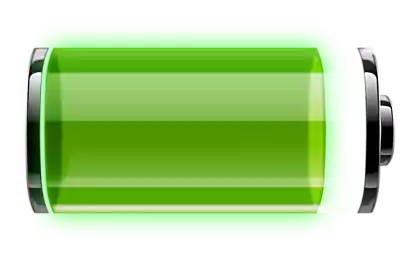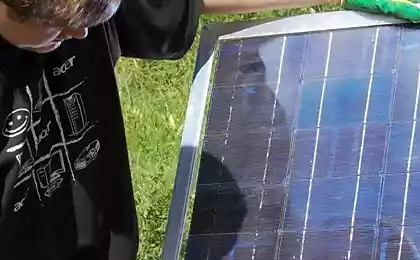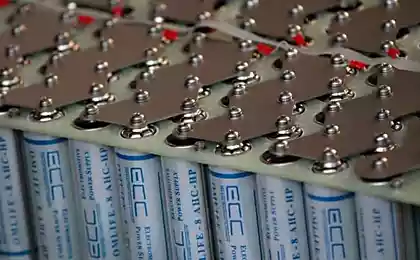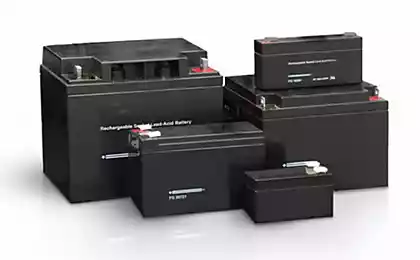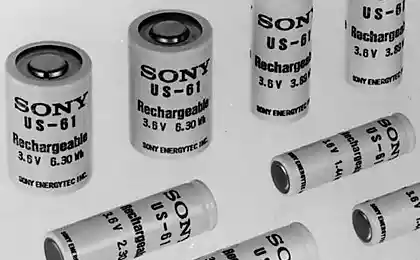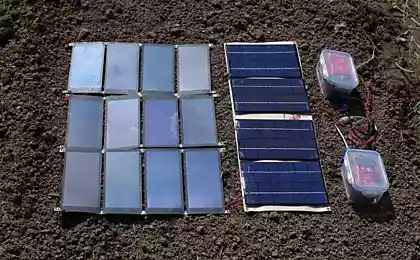416
Cubes of refined sugar became the basis of the stretching of the sodium-ion batteries
Researchers from the University of Texas at Austin used the cubes of refined sugar as the basis for the synthesis of trailing electrodes, employees, a key component in a sodium-ion batteries.
Thanks to the new approach, the experts received the first sodium-ion battery, which stretched all the components. The results of the group, working under the leadership of Guihua Yu, described in Advanced Materials.

Starting the process on the cubes of refined sugar, the researchers were able to obtain size, shape and porosity required for high-performance electrodes. Sugar was placed on a polymer gel. Then the container is placed in vacuum and heated in the oven. After rinsing the sugar is dissolved, and its place was occupied by the polymer gel in the form of stretching of the sponge. Its pores filled with a conductive solution on the basis of graphene, thus creating the electrodes.
The architecture of the sponge was provided by a combination of elasticity, strength, speed of transfer of sodium ions and a large charge capacity. The tests showed that the battery could take 50% of the original length. Modification of the polymer or the creation of new nanoarchitectures elastomer can improve this figure.
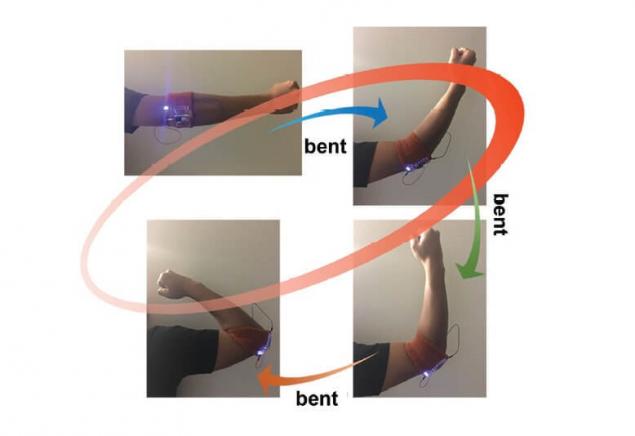
The battery retained about 90% of capacity after 100 cycles of maximum stretching. Enshrined in the form of a bracelet on her elbow, the battery continued to power the led even when the arm is bent at different angles.
In the future, the researchers plan to improve the performance of the device. It concerns the extension of the service life and the development of larger batteries. The authors note that the foam design can also be used in other types of devices.
"Subsequent efforts will be made to improve the mechanical and electrochemical properties of the battery. As well as reducing the cost of production," — said Yu published
P. S. And remember, only by changing their consumption — together we change the world! ©
Source: //phys.org/news/2017-04-stretchable-sodium-ion-battery-electrodes-sugar.html
Thanks to the new approach, the experts received the first sodium-ion battery, which stretched all the components. The results of the group, working under the leadership of Guihua Yu, described in Advanced Materials.

Starting the process on the cubes of refined sugar, the researchers were able to obtain size, shape and porosity required for high-performance electrodes. Sugar was placed on a polymer gel. Then the container is placed in vacuum and heated in the oven. After rinsing the sugar is dissolved, and its place was occupied by the polymer gel in the form of stretching of the sponge. Its pores filled with a conductive solution on the basis of graphene, thus creating the electrodes.
The architecture of the sponge was provided by a combination of elasticity, strength, speed of transfer of sodium ions and a large charge capacity. The tests showed that the battery could take 50% of the original length. Modification of the polymer or the creation of new nanoarchitectures elastomer can improve this figure.

The battery retained about 90% of capacity after 100 cycles of maximum stretching. Enshrined in the form of a bracelet on her elbow, the battery continued to power the led even when the arm is bent at different angles.
In the future, the researchers plan to improve the performance of the device. It concerns the extension of the service life and the development of larger batteries. The authors note that the foam design can also be used in other types of devices.
"Subsequent efforts will be made to improve the mechanical and electrochemical properties of the battery. As well as reducing the cost of production," — said Yu published
P. S. And remember, only by changing their consumption — together we change the world! ©
Source: //phys.org/news/2017-04-stretchable-sodium-ion-battery-electrodes-sugar.html



